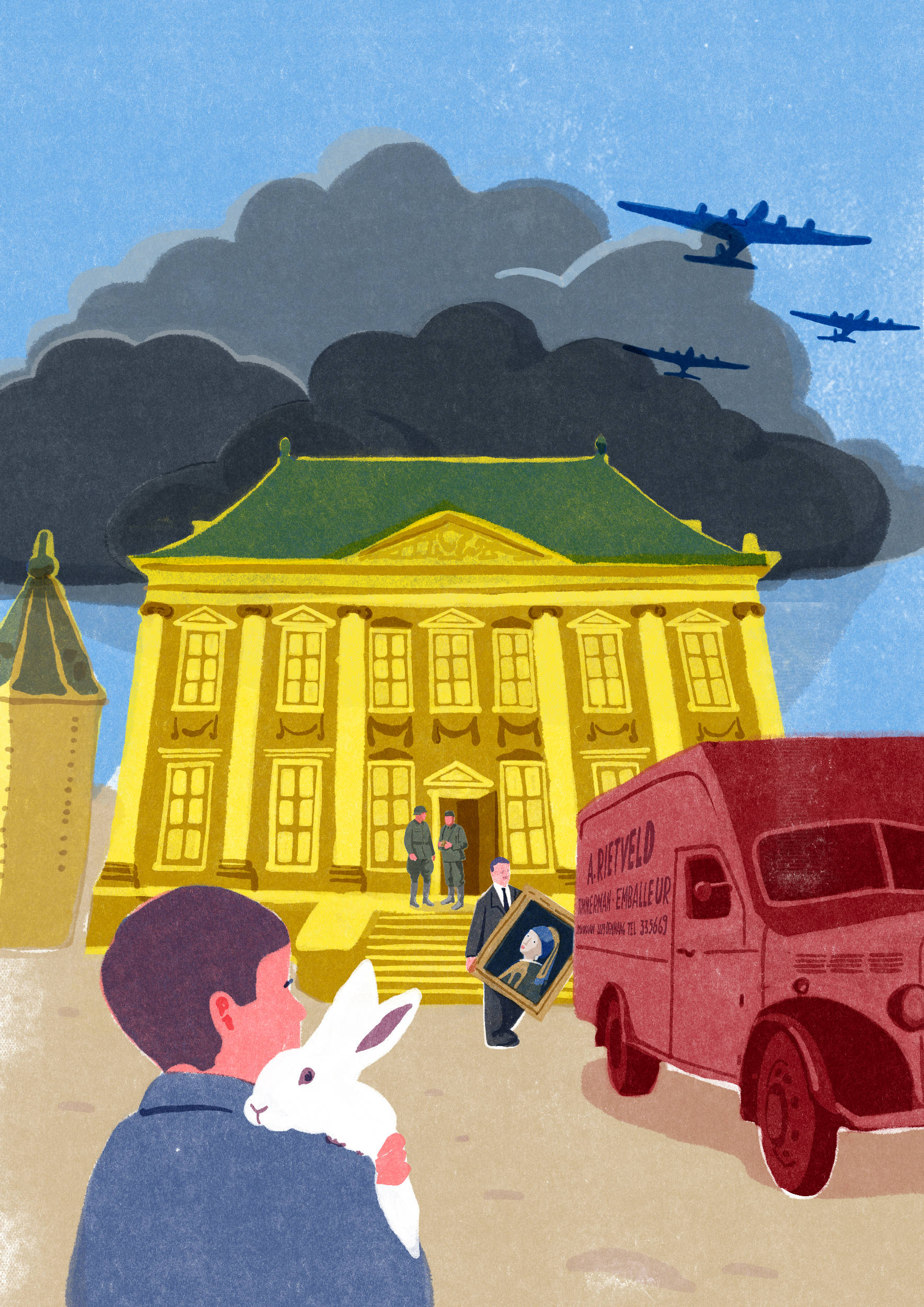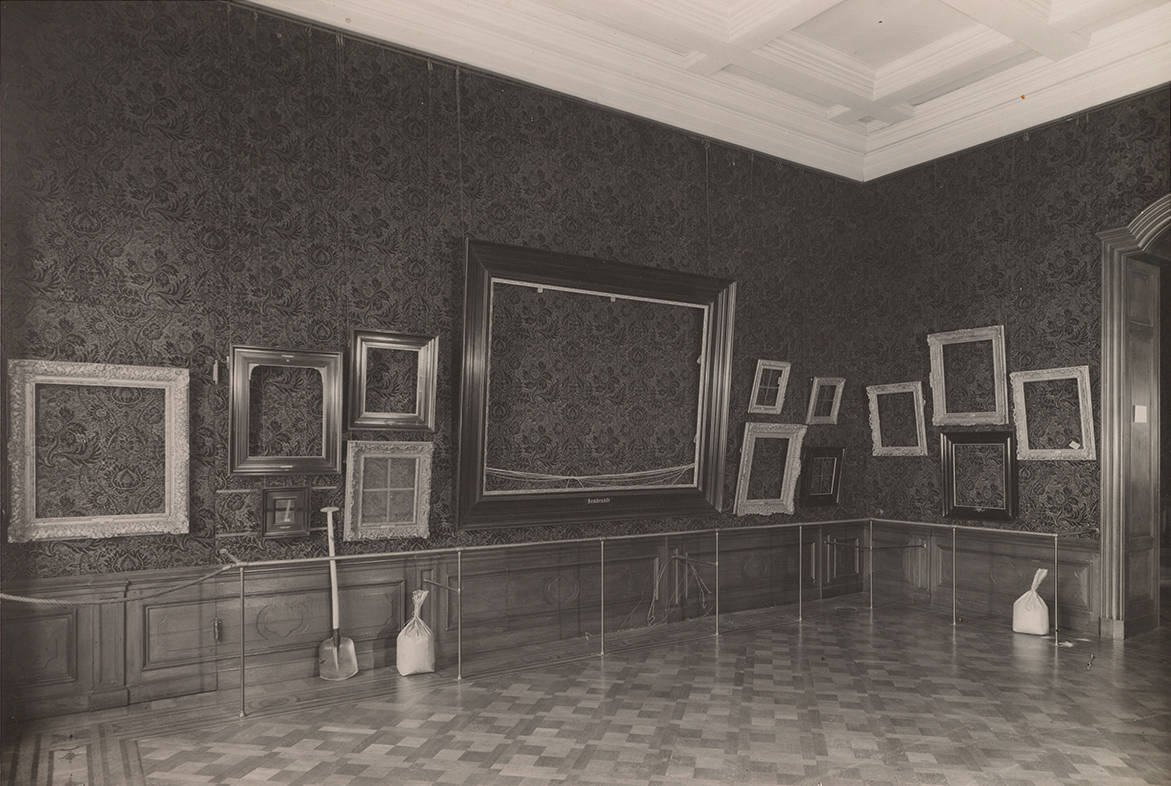
13 February - 29 June 2025
In 2025, the Mauritshuis will commemorate the liberation of the Netherlands, eighty years ago. Our art collection in storage, propaganda exhibitions, musical performances and people in hiding for the Arbeitseinsatz – the Mauritshuis went through a very turbulent period during the German occupation of the Netherlands.
The museum was located in the middle of the political center of power of the Nazis: all the important organizations of the German government were literally around the corner. Director Wilhelm Martin faced significant challenges, including the protection of the world-famous collection of paintings, and how to deal with the propaganda role of the museum that the Germans had in mind.
Menno de Groot (1931) lived in the basement with his family. Menno's memories and experiences during the war are an important storyline for our young museum visitors. Children discovery what happened within the walls of the museum, through the eyes of Menno.







